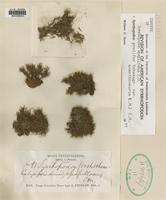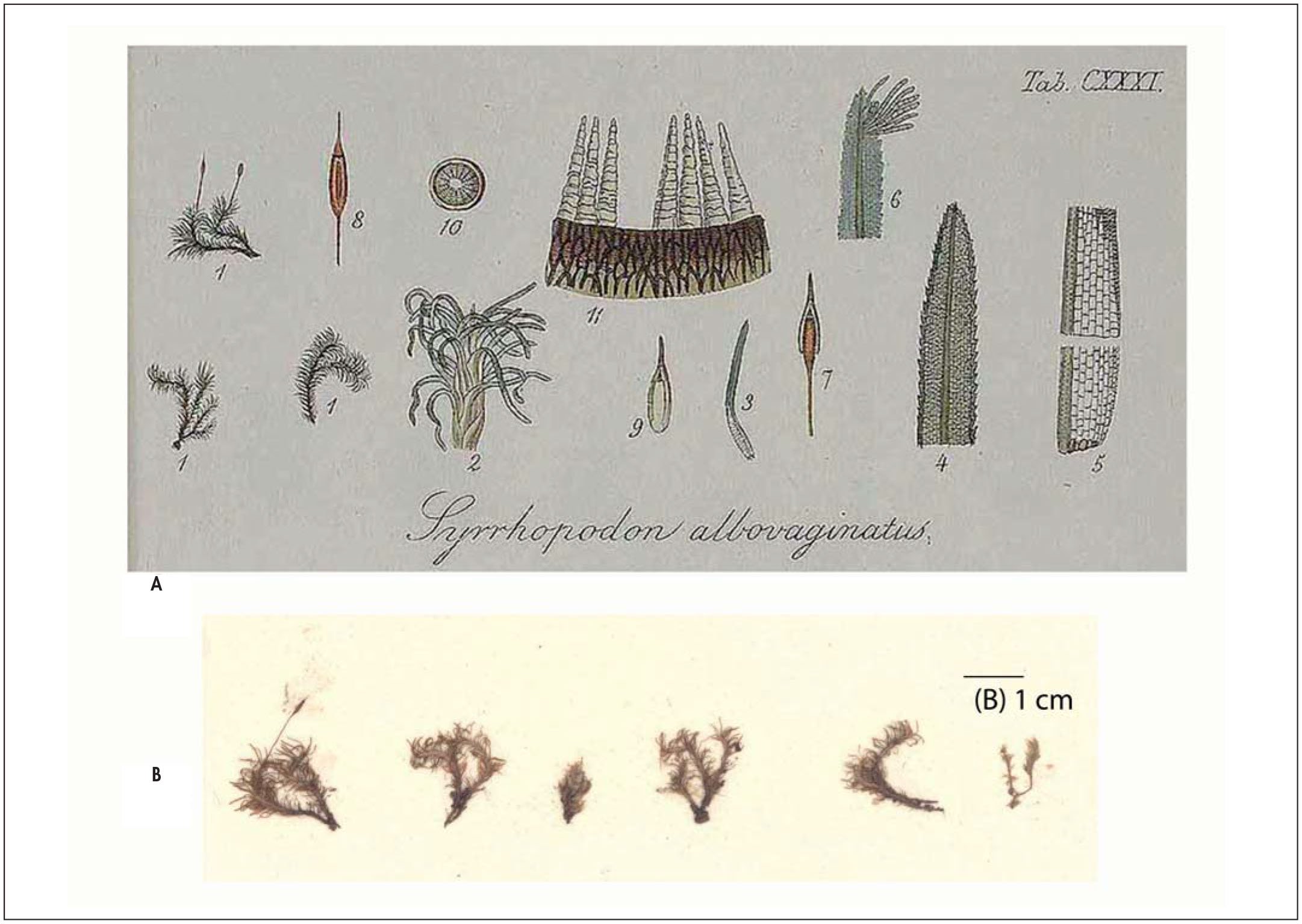
image from: https://www.earth.com/plant-encyclopedia/Bryophytes/Calymperaceae/syrrhopodon-prolifer/en/
Introduction
image from: https://www.researchgate.net/figure/Syrrhopodon-prolifer-Schwaegr-var-prolifer-A-Habit-of-plant-drawn-moist-B-Habit-of_fig15_371413539
In the vast and captivating world of bryophytes, the Syrrhopodon prolifer var. scaber (Mitt.) W.D.Reese moss stands out as a remarkable member of the Calymperaceae family. Often referred to simply as Syrrhopodon, this unassuming yet fascinating plant has captured the interest of moss enthusiasts and naturalists alike. Let’s delve into the intriguing realm of this diminutive marvel.

image from: https://bryophyteportal.org/portal/taxa/index.php?taxauthid=1&taxon=Syrrhopodon&clid=161
Background
Before we explore the specifics of Syrrhopodon prolifer var. scaber

image from: https://www.naturalista.mx/taxa/169516-Syrrhopodon-prolifer
, it’s essential to understand the broader context of bryophytes. These non-vascular plants, which include mosses, liverworts, and hornworts, are often overlooked but play a crucial role in various ecosystems. They are among the oldest land plants on Earth, with a rich evolutionary history dating back millions of years.
Main Content
Morphology and Identification
image from: https://www.researchgate.net/figure/a-d-Syrrhopodon-ligulatus-a-habit-b-leaf-apex-c-leaf-d-cells-at-leaf-shoulder_fig8_327378070
Syrrhopodon prolifer var. scaber is a small, acrocarpous moss that forms dense, cushion-like tufts or mats. Its leaves are narrow, lanceolate, and often twisted when dry, giving the plant a distinctive appearance. The leaf margins are typically entire, and the costa (midrib) is prominent, extending beyond the leaf apex. One of the key identifying features of this moss is the presence of

image from: https://plants.jstor.org/compilation/Syrrhopodon.prolifer
papillae – small, nipple-like projections on the leaf surface, which aid in water retention and protection.
Global Distribution and Habitat
This remarkable moss has a widespread distribution, occurring on various continents, including North and South America, Africa, Asia, and Oceania. It thrives in a range of habitats, from tropical and subtropical regions to temperate zones. Syrrhopodon prolifer var. scaber can be found growing on tree bark, rocks, soil, and even man-made structures like walls and roofs, showcasing its adaptability and resilience.
Ecological Roles and Adaptations

image from: https://www.naturalista.mx/taxa/314379-Syrrhopodon-prolifer-prolifer
Despite their diminutive size, mosses like Syrrhopodon prolifer var. scaber play vital roles in their ecosystems. They contribute to soil formation, water retention, and nutrient cycling, creating microhabitats for other organisms. Additionally, their ability to withstand desiccation and revive upon rehydration is a remarkable adaptation that allows them to thrive in challenging environments.
Case Studies/Examples

image from: https://www.researchgate.net/figure/24-Acrocarpic-mosses-of-Chapada-das-Mesas-National-Park-15-Leucoloma-tortellum-Mitt_fig6_328697430
One fascinating example of the ecological significance of Syrrhopodon prolifer var. scaber can be found in the tropical rainforests of Central and South America. Here, this moss often forms dense mats on tree trunks and branches, creating a unique microhabitat for various invertebrates, including insects, spiders, and other arthropods. These moss-dwelling communities contribute to the overall biodiversity of the forest ecosystem.
Technical Table
image from: https://plantasdepuertorico.blogspot.com/2017/01/musgos-calymperaceae-syrrhopodon-sps.html

image from: https://bioone.org/journals/candollea/volume-66/issue-2/c2011v662a8/Type-Specimens-of-Taxa-Described-by-C-F-Schwägrichen-in/10.15553/c2011v662a8.full
| Characteristic | Description |
|---|---|
| Phylum | Bryophyta |
| Class | Bryopsida |
| Order | Leucodontales |
| Family | Calymperaceae |
| Genus | Syrrhopodon |
| Species | Syrrhopodon prolifer var. scaber (Mitt.) W.D.Reese |
| Growth Form | Acrocarpous, cushion-like tufts or mats |
| Leaf Shape | Narrow, lanceolate, often twisted when dry |
| Leaf Margin | Entire |
| Costa | Prominent, extending beyond leaf apex |
| Leaf Surface | Papillose (with papillae) |